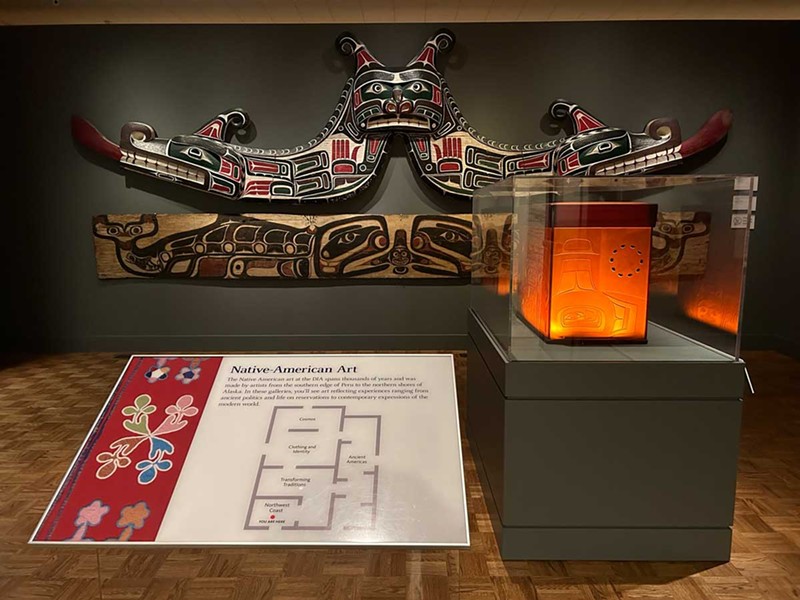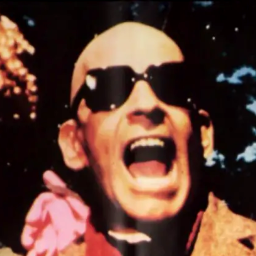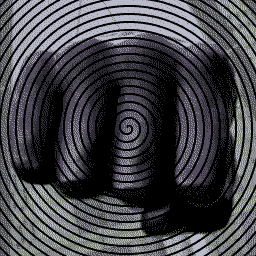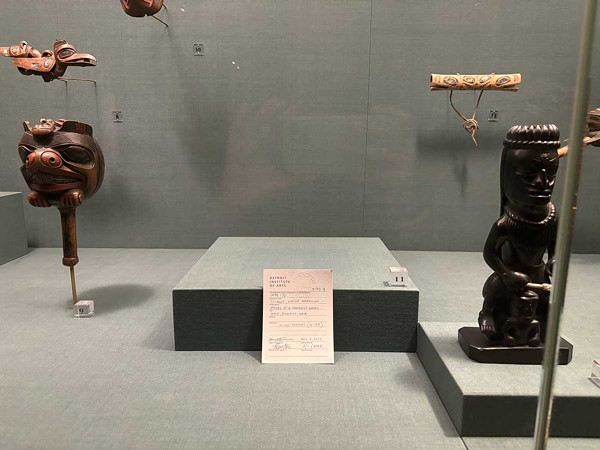Over at The Metro Times, Ms Randiah Camille Green reports on the DIA’s restitution efforts of Native American relics to their rightful owners, a task sometimes easier and harder than it would appear…
“The DIA has removed some items from display in an effort to return cultural items in the collection that likely were taken from Native American communities or individual makers without consent. The DIA is in discussion with Native American Tribes and is following the process outlined in the Native American Graves and Repatriation Act (NAGPRA).”

Photo: Randiah Camille Green
NAGPRA isn’t a new law that suddenly appeared in 2024, however. It has been the federal law since 1990 and regulations requiring institutions to consult with Native American tribes went into effect in 1995. Unfortunately, as Chief Executive and Attorney for the Association on American Indian Affairs Shannon O’Loughlin explains, several loopholes in the previous iteration of NAGPRA allowed museums to get away with non-compliance.
In 2021, DIA Assistant Curator for Native American Art Denene De Quintal “encountered” the remains of 13 Indigenous ancestors and six funerary objects in a storeroom for the museum’s Indigenous Americas collection during a “comprehensive inventory,” according to transcripts from a NAGPRA Review Committee meeting on June 7-8, 2023. De Quintal joined the museum in 2019 after the position was vacant for nearly a decade.

Photo: Steve Nealing
One of the updates to NAGPRA was removing the “culturally unidentifiable human remains” category. […] “It’s a lie under the law,” O’Loughlin says about Native American ancestors being culturally unidentifiable. “Most of these institutions, the inventories that they’ve produced have plenty of information, including geography, to affiliate those ancestors with their nations. But, they determined that — because they didn’t consult [and] they just sent a letter — ‘I guess they’re not identified with anyone, so we’ll keep them.’”


